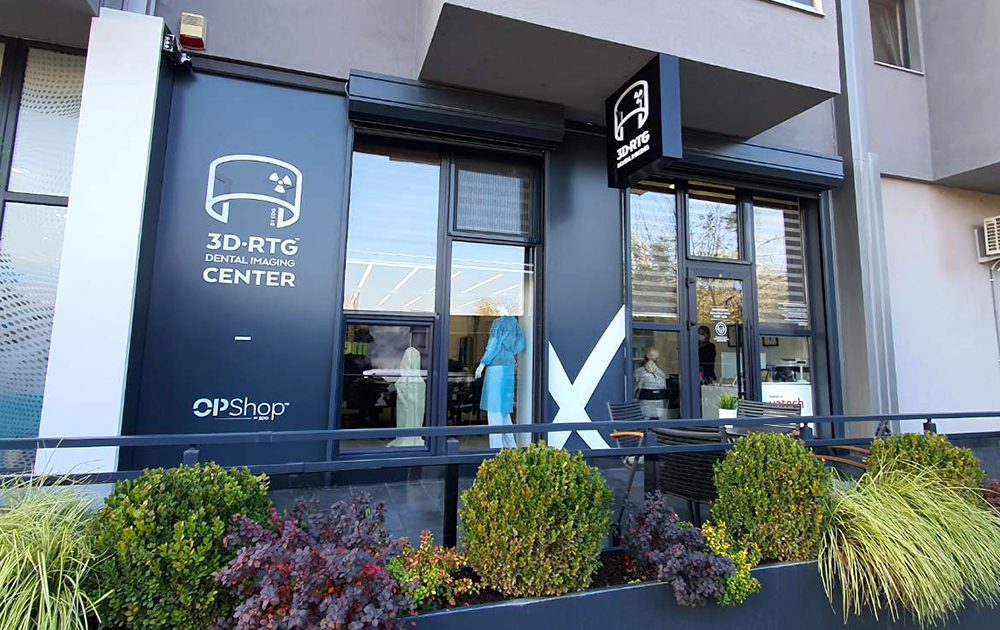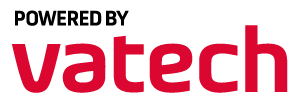Social media analytics tools are usually used to complement social media management tools. The latter lets you plan and schedule your social media content, while the former lets you measure the performance and informs your strategy. With Sprout’s Advanced Listening tool, you can conduct sentiment analysis and uncover data about your audience, share of voice and relevant topics. And with Tagger by Sprout Social, you can measure and maximize your influencer marketing ROI and optimize your social marketing efforts. Finally, your social media analytics can help prove the ROI of your social media marketing efforts.
- Note that the analytics for personal profiles are more limited than for Pages.
- The platform’s automated reporting, custom dashboards, white label features, and extensive integrations offer valuable insights for optimizing marketing strategies.
- Social media analytics tools are a type of software that collects and analyzes data from your social media channels.
- It allows users to compare posts across metrics like engagement, post length, time of posting, and hashtags.
Brand Reputation Management vs. Brand Safety
With automated report distribution, it ensures timely updates for team members and stakeholders, enhancing communication of marketing performance across the organization. Whatagraph is a user-friendly platform designed for monitoring and reporting on marketing performance. It allows marketing teams to consolidate data from various channels, organize it effectively, and transform it into insightful dashboards and reports. The platform streamlines performance measurement, tracking, and reporting, saving significant time and improving efficiency for marketing teams. The Pro plan, at $179 per month, offers comprehensive analytics and reporting capabilities suitable for larger teams and businesses. Each plan can be tailored to specific needs, making Brand24 a flexible choice for different business sizes and budgets.
In this article, we’re going to cover 20 of the best social media analytics tools marketers should consider in 2024. I hope this list has given you a good overview of the tools available to help you with your decision-making process. Talkwalker gives you unlimited free searches for hashtags and keywords across major social media platforms, news, blogs, and forums. It provides a wide range of data, such as mentions, sentiment, distribution of conversations, top posts, and more. Iconosquare helps you track, grow, Reputation Management and report your performance on your Facebook, Instagram, X, LinkedIn, and TikTok accounts.
Understanding which campaigns and channels drive the most leads, sales, and traffic is crucial for optimizing social media strategies. Rival IQ is a powerful tool that provides in-depth analysis for optimizing social media strategies. The tool shines with its competitive analysis, allowing you to benchmark against competitors. Rival IQ also includes content analysis to boost engagement and social listening to monitor brand mentions. Creating a social media analytics report should be a simple process with the social media analytics tool you’ve chosen. You should ideally have options for regular reporting, one-off reporting for specific campaigns, and real-time insights on a customizable dashboard with flexible reporting options. This will give you the most chance of pulling the best insights out of the data you’ve collected.
A Deadly Mistake Discovered on Reputation Management And How to prevent It
At this point, all you will have to do is drag-and-drop the metrics you wish to include within the report and you’re all set. Buffer measures and analyzes how your content performs across different social channels. With Buffer, you’ll be able to gain insight into how your organic content compares to boosted posts, measure engagement for individual posts and stories, and figure out your audience demographics. You can set your custom dashboard and see your profile metrics like engagement rate, follower growth, reach, impressions, and more in one place. The best part is you can even track competitors and check what’s working for them or not. Hootsuite is an all-in-one tool with advanced social media analytics capabilities to help you prove (and improve) your social media ROI.
Also, you’ll only be able to acquire this information using the application on a mobile device. Only a few, however, include a user-friendly panel, data visualization, and automation features. Now, keep your answers in mind throughout the entire process of creating your social media report. Moreover, in one shot, you can discover the best time to post and schedule unlimited posts to your favorite platforms. As a brand, it is of utmost importance to know the public perception of your business on social media to build and maintain a positive PR. The data available has been pretty stagnant over the last couple years, feel like there’s opportunity specifically on the paid social side. Google Analytics each time is more difficult to understand and work with it.
You can also download our free social media analytics spreadsheet template to get an idea of which metrics to track, must-use formulas and more. For additional insights, such as a performance trends report, you’ll need to use a third-party Twitter analytics tool. IZEA’s Flex software also enables brands to get a look into potential influencers’ audience demographics, influencer campaign performance, conversion rates and so much more. Enter IZEA, an analytics platform which removes many of the what-ifs related to influencer marketing. This includes metrics such as reach, engagement rate and the potential price tag behind any given influencer. No matter your social media analysis and reporting needs, Sprout has been built from the ground up to give you a fast, user-friendly way to display social insights. Then quickly organize and share your data with easy-to-understand, presentation-ready reports.
Don’t be afraid to ask customers to share their opinions, and remember that sometimes they may need several reminders. As you pursue local marketing, more people will get to know your brand and publish content and reviews about you. Having a reputation management strategy in place means your business can help shape those narratives, keeping your brand in good standing for the long haul–even during challenging moments. Another way to manage your online reputation is to ensure that the business listings that contain your information are accurate and updated. 80% of customers are less likely to trust businesses with inaccurate information on their listings. When or if your business ever gets a wave of negative attention on social media, it can come quickly and out of nowhere. The good news is that the ability of that social media chatter to impact your brand reputation is a bit overstated.
Moreover, our Account Management team quickly grasped its intuitive interface, enabling us to enhance client communication, minimize distractions, and provide real-time performance insights efficiently. Social Status provides extensive profile analytics for all the major social media networks. This feature goes beyond built-in analytics, offering a consolidated dashboard to track performance metrics across all your social media profiles. We found that the Content Feed supports all media types, displaying post creatives alongside performance metrics in a visually appealing feed. According to us, this makes it easier to analyze post performance without resorting to spreadsheets. Understanding the metrics is important to optimize the performance of your social media campaigns.
Google Analytics offers numerous benefits for tracking social media efforts. With detailed insights, businesses can make informed decisions to optimize social media campaigns. Keyhole gives you real-time insights into your social media campaigns so you can always make data-driven decisions. Know what your audience is saying about you through social listening tools and see how they’re interacting with you through profile analytics. Audience analytics detail who views your social media channels and how they engage with them. Social media analytics often use segmentation to break your audience into demographics such as location, interests, age, gender, and life stages. Doing so allows you to define your target audience—those who will engage with your content.
Social media is where your online reputation is shaped in the eyes of current and potential customers. Depending on your industry, there may be other sites that you should monitor as part of your reputation management strategy. For example, Nextdoor is becoming an increasingly important place for home services businesses to get new customers. And healthcare businesses have a bevy of potential sites to include in their monitoring such as Healthgrades and RateMDs. Staying on top of the conversations tangentially related to your brand will supercharge your online reputation management strategy.


